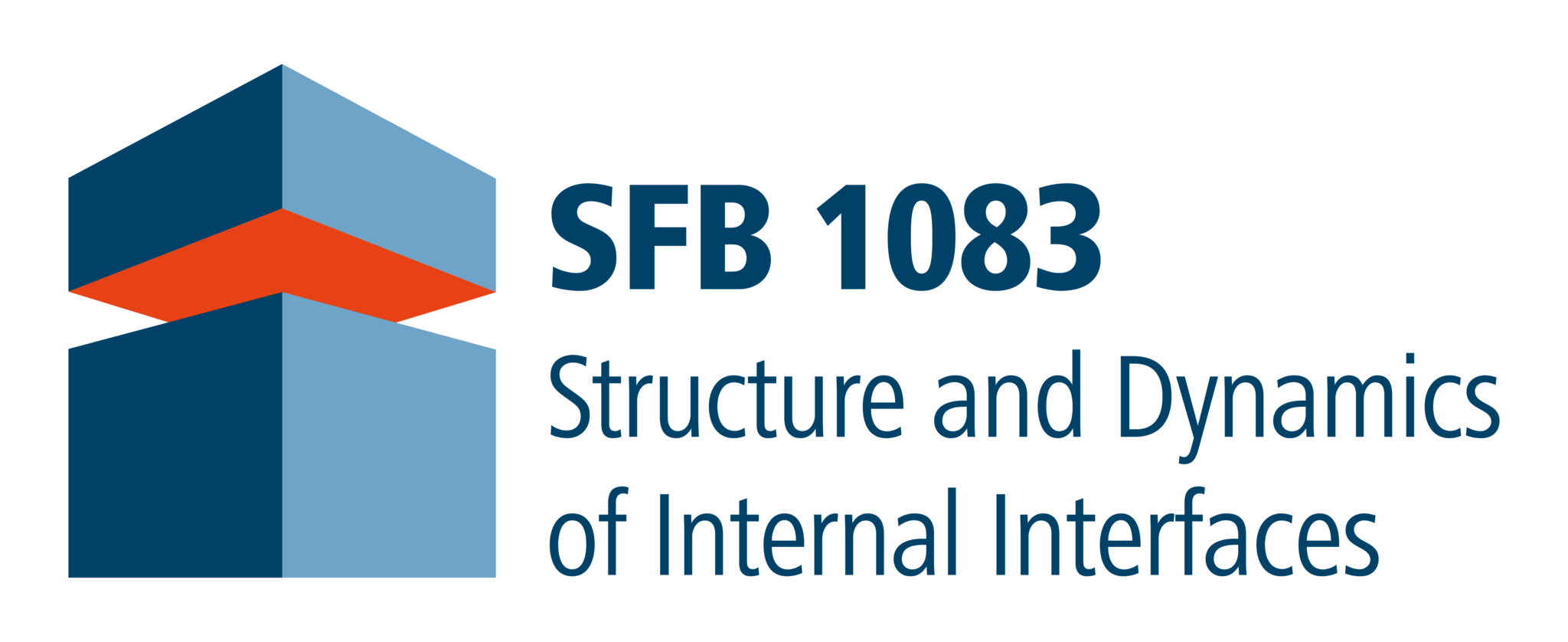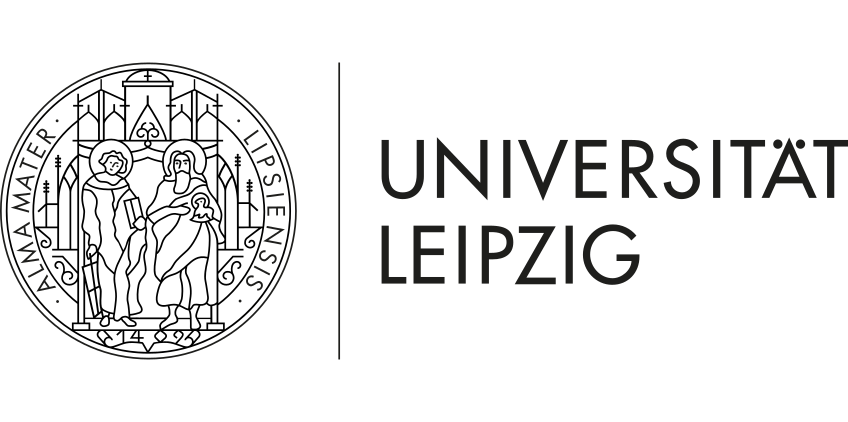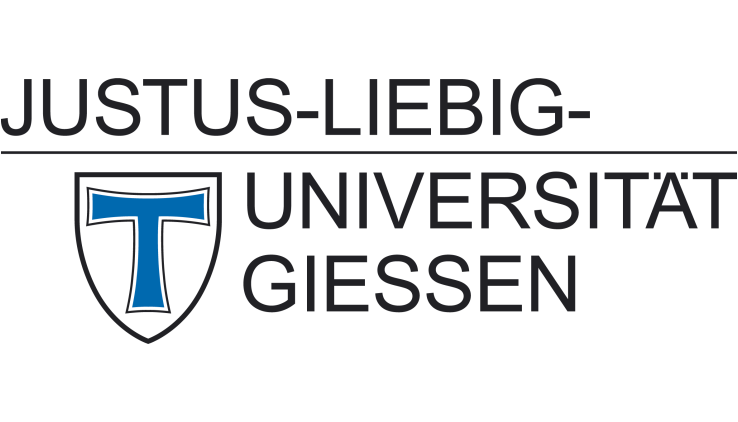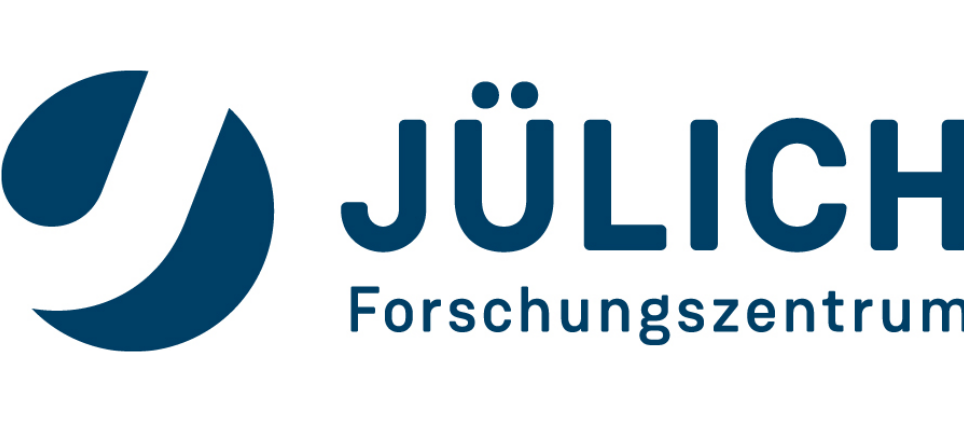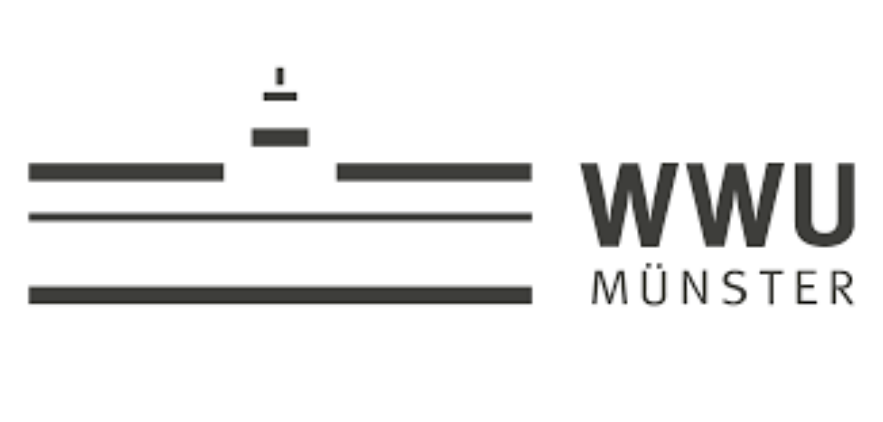Atomically Resolved Structure of Solid/Solid Interfaces

Summary
This project targets the determination of the atomically resolved structure and composition across buried interfaces applying (scanning) transmission electron microscopy ((S)TEM). Mainly Cs-corrected techniques are used in combination with techniques that exploit inelastic signals. For the different interface formation processes and expected structures, several model systems are studied, which are chosen in close cooperation with the groups synthesising materials.
We continue to use semiconductor heterostructures as model systems for the (S)TEM methodology development. As new material systems we look into two-dimensional heterostructures, which are either grown or exfoliated by the project partners, as well as investigate interfaces in topological insulators.
Electron scattering and diffraction are theoretically described with a special focus on the achievable resolution at buried interfaces, taking into account thermally diffuse scattering as well as TEM specimen relaxation, using realistic crystal models, which are calculated by valence force field and density functional theory, as input parameters. We use the fast, pixelated detector in STEM to derive the charge distribution as well as long-ranged electric field distribution at and across buried interfaces. This kind of information is important for the interpretation of spectroscopic data, the band alignment at interfaces, but also for the functionality of devices. For these studies, there is a significant amount of methodological work to derive the optimum imaging parameters as well as the influence of kinematic / dynamic electron diffraction and of differences in mean inner potentials as well as of thermal diffuse scattering of materials on the four-dimensional (4D) STEM data. The possibility to quantify 4D-STEM data is further investigated by applying energy-filtered 4D-STEM.
The quantified interface structure is a prerequisite for the quantitative interpretation of growth as well as (opto)electronic characteristics of the materials under investigation in the SFB.
Project-related publications
- J.O. Oelerich, L. Duschek, J. Belz, A. Beyer, S.D. Baranovskii, K. Volz
STEMsalabim: A high-performance computing cluster friendly code for scanning transmission electron microscopy image simulations of thin specimens
Ultramicroscopy 177, 91 (2017). - L. Duschek, P. Kükelhan, A. Beyer, S. Firoozabadi, J.O. Oelerich, C. Fuchs, W. Stolz, A. Ballabio, G. Isella, K. Volz
Composition determination of semiconductor alloys towards atomic accuracy by HAADF-STEM
Ultramicroscopy 200, 84 (2019). - A. Beyer, L. Duschek, J. Belz, J.O. Oelerich, K. Jandieri, K. Volz
Influence of surface relaxation of strained layers on atomic resolution ADF imaging
Ultramicroscopy 181, 8 (2017). - S. Ahmed, M. Bianchini, A. Pokle, M.S. Munde, P. Hartmann, T. Brezesinski, A. Beyer, J. Janek, K. Volz
Visualization of Light Elements using 4D STEM: The Layered‐to‐Rock Salt Phase Transition in LiNiO2 Cathode Material
Adv. Energy Mater. 10, 2001026 (2020). - A. Beyer, K. Volz
Advanced Electron Microscopy for III/V on Silicon Integration
Adv. Mater. Interfaces 6, 1801951 (2019). - A. Beyer, F.F. Krause, H.L. Robert, S. Firoozabadi, T. Grieb, P. Kükelhan, D. Heimes, M. Schowalter, K. Müller-Caspary, A. Rosenauer, K. Volz
Influence of plasmon excitations on atomic-resolution quantitative 4D scanning transmission electron microscopy
Sci. Rep. 10, 17890 (2020).

Prof. Dr. Kerstin VOLZ
Dr. Andreas Beyer, Researcher
Max Bergmann, PhD-student
Varun Shankar Chejarla, PhD-student
Felix Gruber, PhD-student
Damien Heimes, PhD-student
Badrosadat Ojaghi, PhD-student
Former Contributors
Dr. Saleh Firoozabadi
Dr. María del Rocío Félix Ángel
Dr. Jürgen Belz
Dr. Katharina Gries
Dr. Han Han
Dr. David Krug
Dr. Pirmin Kükelhan
Dr. Manveer Singh Munde
Dr. Jan-Oliver Oelerich
Dr. Maximilian Widemann
